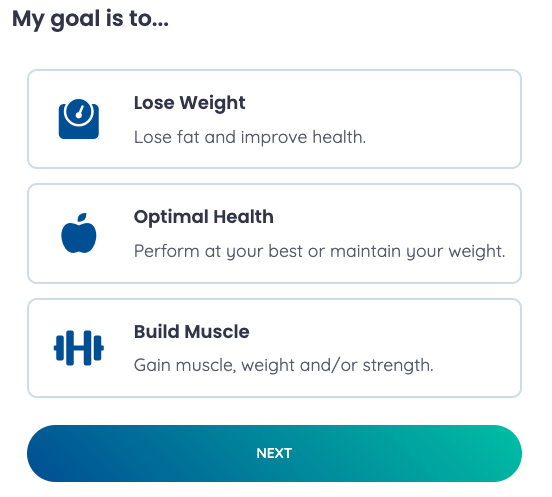PROSTATE CANCER 101
In support of Movember, our friends at goget.fit hit another blog out of the park – breaking down the causes, the symptoms and detection methods of prostate cancer.
Since it’s the month of “Movember”, I figured a fine way to show my support was to cover the subject of prostate cancer. I’ve always had questions about this disease, but no one has ever broken it down for me. So, in typical fashion for myself, I decided to do some research and share it with the world (to my best ability).
What is the Prostate?
The prostate is a gland that resides in front of the rectum, and just below the bladder. It surrounds the urethra, which is the tube that carries urine and semen, and is usually about the size of a golf ball. It is responsible for adding nutrients and fluid to sperm. Cell growth (both normal and cancerous) of the prostate is controlled by testosterone, a hormone produced mainly in the testicles.
What is Prostate Cancer?
Prostate cancer is something that seems to be set far back in men’s minds, as far as worries go. I rarely think about it more than a couple times a year, and mostly with questions about how it works, more than actual worries.
Sometimes cells in our body begin to grow abnormally, different from how they’re intended. Generally, this is caused by either a hormone imbalance or a mix up in the genes of the cells. As these abnormal cells replicate, they can either become benign (not harmful) or cancerous.
Prostate cancer can be slow growing, and often men live for years without any symptoms or detection. But if the cancer spreads outside of the prostate, it can enter other tissue and lymph nodes. It can also spread through the blood to bones and organs, disrupting their functions (also known as Metastatic Cancer), this is how it kills.
What are the causes?
There is no singular known cause for this disease, but there are certain things that increase risk factors. The first is that the risk of developing prostate cancer increases with age, less than 1% of cases are diagnosed in men under 50 and risk begins increasing at this age, with most diagnoses being made in men over 65 [3]. Being overweight, smoking, leading a sedentary lifestyle, and eating an unhealthy diet all increase risk factors [3]. A risk factor that I was personally unaware of is that there are higher rates of prostate cancer in men of Caribbean or African descent [1].

What do we need to watch out for?
Some of the symptoms of prostate cancer consist of:
- Pain, or a burning sensation when urinating
- Frequently having to get out of bed to urinate in the night
- Difficulty or an inability to urinate
- Problems with stopping or starting the flow of urine
- Pain when ejaculating
- Blood in the urine or semen
What decreases the individual risk for this disease?
Men of Asian descent have decreased rates of prostate cancer compared to the general population, although it is unknown as to whether this is due to genetic factors or to the diet that is consumed in Asian countries is generally considered to be healthier than the standard Western diet [1]. Losing weight, eating a healthy diet, and exercising regularly have all been shown to reduce your risk.
What can we do?
Even with these known decreases in risk, the disease is still unpredictable, and it is completely possible to develop it without any symptoms or risky behaviour. Because of this it is incredibly important for us to inform ourselves, and to speak with our doctors.
Early detection is key to survival, and because of this there are a couple different tests you can do:
PSA (Prostate Specific Antigen) test:
- a blood test that is easily completed while testing for other things like cholesterol levels (all it takes is to tick a box on the request form for the blood test)
- usually these antigens show up in the blood in small amounts
- elevated amounts can signal prostate cancer
DRE (Digital Rectal Exam):
- this test is performed by the doctor to check that the prostate is soft, smooth, rubbery, and symmetrical
- if they feel lumps, hard areas, or irregular shapes they can then send you for further tests
Things are improving, as shown in the death rate, which has been decreasing in Canada by about 3-4% per year since 2001 [4]. This is mainly because of increased education, early detection, and improved treatment options. There’s still a lot that we don’t know, which is why funding is important for research. If you have any questions or concerns don’t hesitate to speak to your healthcare professional about prostate cancer.
To Donate To Prostate Cancer Research In Canada Visit: https://prostatecancercanada.donorportal.ca/Donation/Donation.aspx?F=1621&T=GENER&L=en-CA&G=290&NFP=1&cscid=WEB_DonateButton
References:
- About Prostate Cancer
http://www.prostatecancer.ca/Prostate-Cancer/About-Prostate-Cancer
- About the Prostate
http://www.prostatecancer.ca/Prostate-Cancer/About-Prostate-Cancer/The-Prostate
- Risk Factors for Prostate Cancer
http://www.prostatecancer.ca/Prostate-Cancer/About-Prostate-Cancer/Risk-Factors
- Statistics
http://www.prostatecancer.ca/Prostate-Cancer/About-Prostate-Cancer/Statistics
- Signs and Symptoms
http://www.prostatecancer.ca/Prostate-Cancer/About-Prostate-Cancer/Signs-and-Symptom






